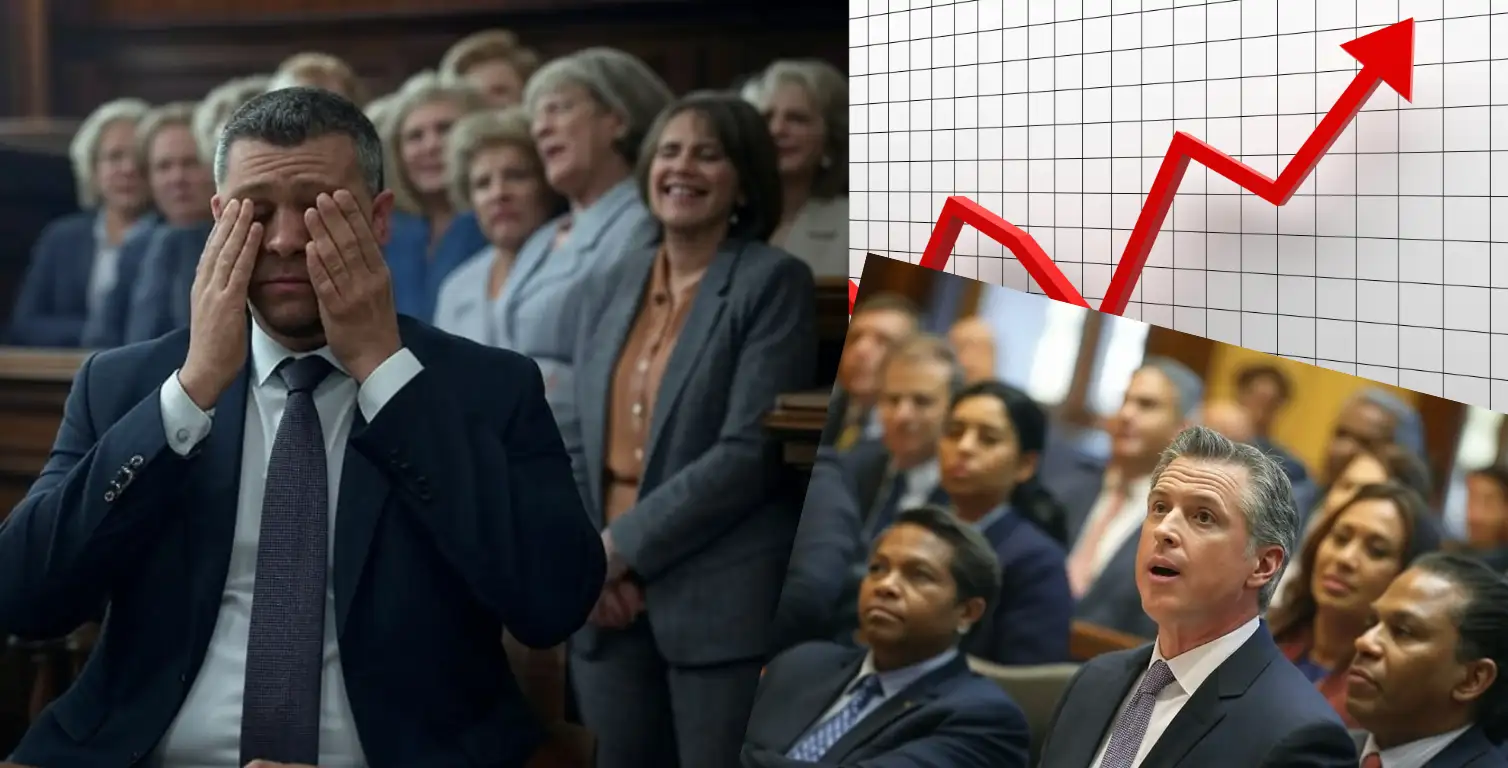A rising demand for sexual assault insurance protection
 American organizations are nervously seeking protection against a fresh wave of potential legal attacks – Sexual abuse claims. A trend that our marketing team has picked up through an analysis of our web based inquiries.
American organizations are nervously seeking protection against a fresh wave of potential legal attacks – Sexual abuse claims. A trend that our marketing team has picked up through an analysis of our web based inquiries.
This undercurrent of concern, finds an echo in the broader digital expanse, where Google’s algorithms have registered a startling 300% uptick in searches for ‘SAM insurance’ since mid-2023.
This surge, while a boon for those of us involved in the business of risk aversion, still begs the question: what is driving this collective unease? Certainly the year 2023 saw sexual abuse seizing headlines, notably catalyzed by the 2022 New York ‘Adult Survivors Act’, which, despite its lapse on November 24, 2023, has left a lingering sense of vulnerability across US institutions.
Statistics on sexual abuse and molestation remain elusive, shrouded in the privacy of settlements and the deeply personal nature of the cases. Yet, the breadcrumbs suggest a potential rise in these cases, propelled by a complex mix of societal shifts, including:
- A dwindling trust in government and institutions, as chronicled by Gallup and Pew Research, marks an all-time nadir, continuing a long-term downward trend.
- America’s legal landscape grows ever more litigious. In the area of medical malpractice for instance, compensation payouts last year reached dizzying heights. International reinsurer, TransRe’s tracking reveals a leap from 34 medical malpractice verdicts of $10 million or more in 2013 to 57 in 2023, with more than half exceeding $25 million.
- The media spotlight has intensified awareness around sexual abuse, casting a glare on high-profile figures from various spheres—Sean ‘Diddy’ Combs, Jamie Foxx, Jonah Hill, Danny Masterson, Conor McGregor, and Steven Tyler—each accused of such transgressions.
- Investigative forays into medical institutions have unearthed unsettling revelations, including:
- A joint investigation by the BMJ and the Guardian uncovered over 35, 000 sexual safety incidents reported to the UK’s National Health System (NHS) between 2017 and 2022.
- An investigation by the Chicago Tribune found that well-known Illinois health systems quietly settle lawsuits and allowed workers accused of abusing patients to continue providing care, resulting in continued abuse other patients.
This heightened awareness, rather than an actual increase in abuse incidents, suggests a societal awakening to the immense size of the problem. As institutions lose their hallowed aura, so too does the fear that alleged victims once had of standing against them.
The recent NY court decision to award $83 million to E. Jean Carroll, for President Trump’s alleged assault on her in “late 1995 or early 1996” added fuel to this fire of unease. The realization that courts can empower someone, who is armed only with an untested accusation, to strip a high profile individual of their wealth, is a sobering thought for business leaders.
Forward-thinking managers, reading the winds of change, are shoring up their defenses, seeking to insulate their organizations from the potential fallout of sexual abuse accusations. Most professional liability insurance policies only include a sub-limit of $100k/300k or lower for sexual abuse & molestation claims. Defense costs can quickly erode that small limit leaving inadequate funds to pay a successful claim.
Some carriers will allow options of up to $1million/$1million, while others refuse to go higher than $100k/300k. In that case, if clients prefer to stay with their existing PL carrier, additional SAM coverage is essential.
If you are in any doubt, please contact Westwood Insurance Group about possible PL policies with higher sub-limits for sexual abuse claims, or for information on stand alone Sexual Abuse and Molestation (SAM) insurance.
In this unfolding narrative, the accusation of harboring a monster within one’s ranks becomes the plot twist no organization wishes to confront, especially when discovered through the cold, formal language of a demand letter from a plaintiff’s attorney.










